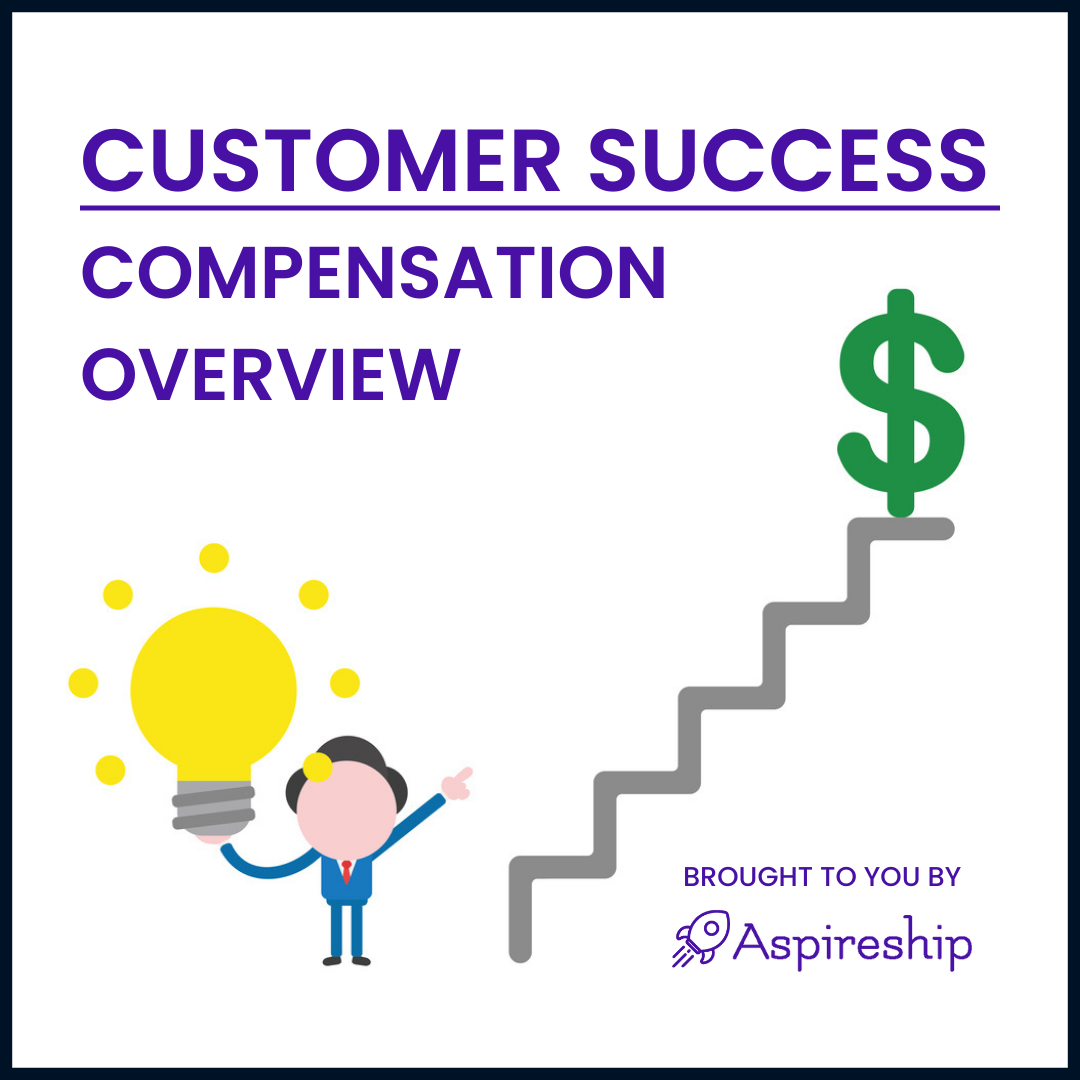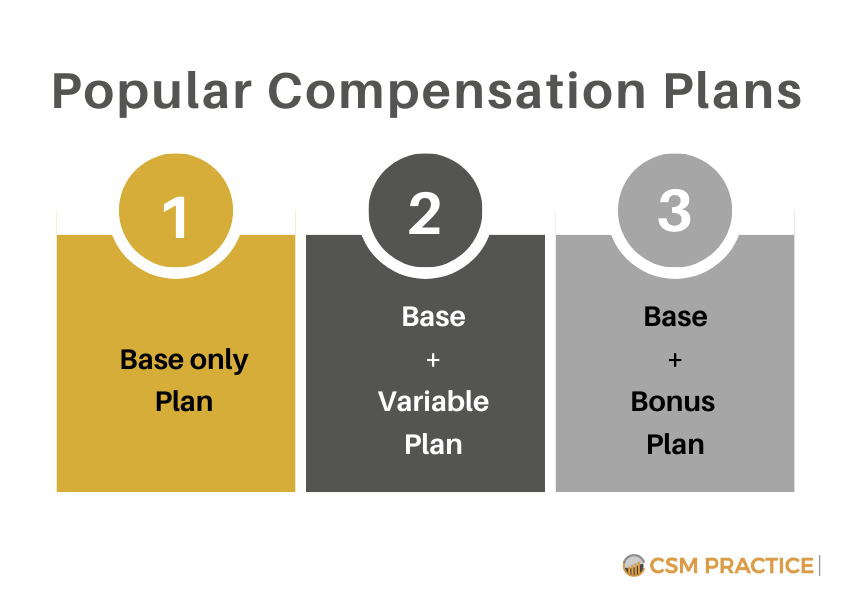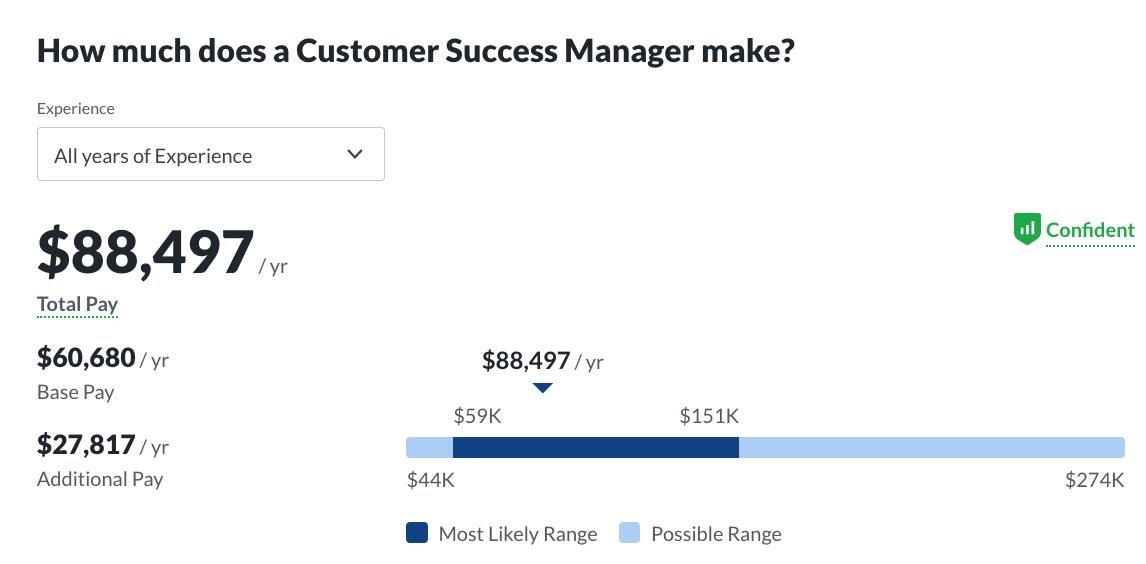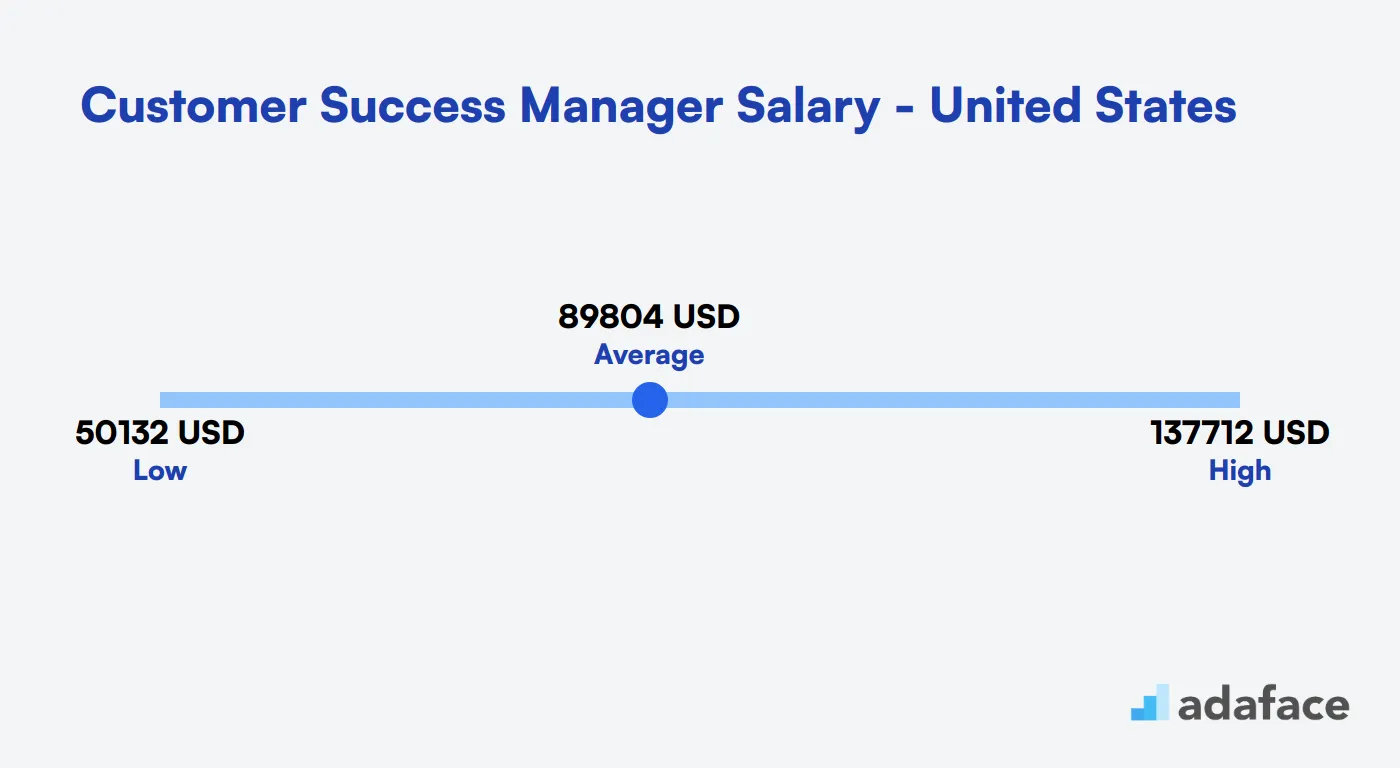Customer Success Manager Compensation

The customer success manager (CSM) role, once a niche position, has exploded in prominence as businesses increasingly prioritize retention and long-term customer relationships. With this growth comes intense scrutiny of compensation: are CSMs being adequately rewarded for their vital contributions? As companies navigate economic uncertainties and strive for efficiency, understanding the nuances of CSM compensation is more critical than ever.
This article delves into the evolving landscape of Customer Success Manager compensation, examining salary ranges, influencing factors, and emerging trends. It explores data from reputable sources, including industry surveys and compensation reports, to provide a comprehensive overview of what CSMs can expect to earn and how their pay is determined. Further, we consider the perspectives of both CSMs and employers, highlighting the challenges and opportunities in aligning compensation with performance and value.
Understanding the Compensation Landscape
CSM salaries exhibit considerable variation, influenced by factors such as experience, location, company size, industry, and the specific responsibilities of the role. Entry-level CSMs typically earn less than their more experienced counterparts, with salaries gradually increasing as they develop their skills and manage larger portfolios.
Geographic location plays a significant role, with major metropolitan areas and tech hubs like San Francisco, New York, and Boston generally offering higher salaries to compensate for the increased cost of living. Company size and revenue also correlate with compensation, as larger, more established companies often have more resources to invest in their customer success teams.
Salary Ranges and Benchmarks
According to recent data from Glassdoor, the average base salary for a CSM in the United States ranges from $70,000 to $120,000. This figure can vary widely depending on the aforementioned factors. Sources like Salary.com and Payscale offer similar benchmarks, providing detailed breakdowns of compensation ranges by experience level and location.
Total compensation for CSMs often includes bonuses, commissions, stock options, and other benefits. Performance-based bonuses are common, tied to metrics such as customer retention rates, customer satisfaction scores (CSAT), and net promoter scores (NPS). Stock options are more prevalent in startups and high-growth companies, offering the potential for significant financial gains.
Factors Influencing CSM Compensation
Several factors beyond experience and location significantly impact a CSM's earning potential. The complexity of the product or service they support, the size and type of customer accounts they manage, and their individual performance all play a crucial role.
CSMs who manage high-value enterprise accounts typically command higher salaries due to the strategic importance of these relationships. Similarly, those with specialized skills in areas such as technical support, data analysis, or project management may be compensated more highly.
"The most successful CSMs are those who can demonstrate a clear return on investment for their clients. When you can quantify the value you bring, you're in a much stronger position to negotiate your salary," says Sarah Jones, a senior customer success leader at a SaaS company.
The specific industry also influences compensation. CSMs in high-growth sectors such as SaaS, cybersecurity, and e-commerce tend to earn more than those in more traditional industries.
The Impact of Skills and Certifications
While not always mandatory, certifications and advanced skills can enhance a CSM's marketability and earning potential. Certifications in customer success management, project management, or relevant software tools can demonstrate expertise and commitment to professional development. Professional certifications can significantly impact a CSM's earning potential.
Strong communication, interpersonal, and problem-solving skills are essential for success in this role. CSMs who possess these skills and can effectively communicate value to their clients are often rewarded with higher salaries.
Challenges and Opportunities
One of the biggest challenges in CSM compensation is aligning pay with performance. While metrics such as retention and CSAT are commonly used, it can be difficult to isolate the specific contributions of a CSM to these outcomes. Quantifying the impact of their activities is essential for establishing fair compensation.
Another challenge is the lack of standardized compensation models across different companies and industries. This can make it difficult for CSMs to compare their salaries and negotiate for fair pay. Transparency in compensation practices is key to addressing this issue.
Despite these challenges, there are significant opportunities for CSMs to increase their earning potential. By focusing on developing in-demand skills, demonstrating quantifiable results, and actively seeking out higher-paying positions, CSMs can significantly advance their careers and increase their compensation.
Looking Ahead
The demand for CSMs is expected to continue to grow as businesses prioritize customer retention and seek to improve customer lifetime value. This increased demand is likely to drive up salaries and create more opportunities for career advancement.
As the role of the CSM evolves, compensation models will likely become more sophisticated, incorporating a wider range of performance metrics and aligning pay more closely with individual contributions. The future of CSM compensation hinges on greater transparency and a focus on rewarding value creation.
Ultimately, understanding the dynamics of CSM compensation is crucial for both individuals seeking to advance their careers and companies looking to attract and retain top talent. By staying informed and proactive, both CSMs and employers can navigate this evolving landscape and achieve mutual success.















![Customer Success Manager Compensation What Is a Customer Success Manager? [All You Need to Know]](https://www.tidio.com/wp-content/uploads/customer-success-managment-cycle-1101x1200.png)


